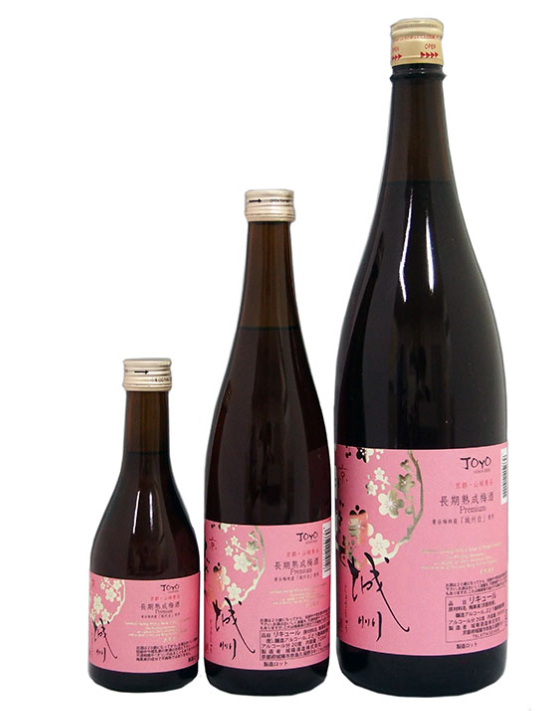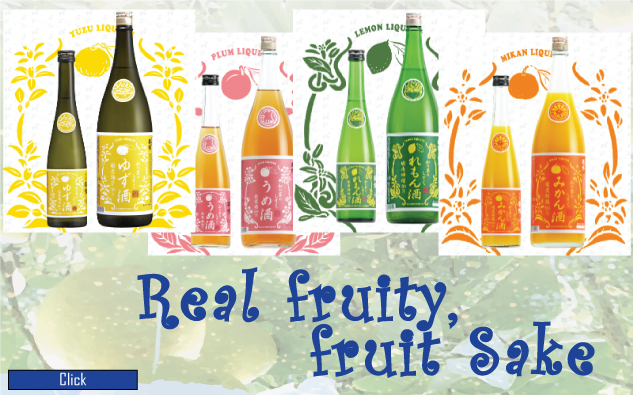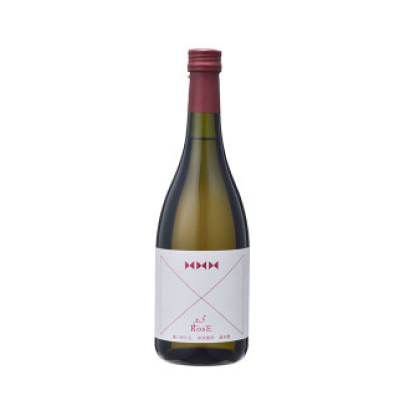When Shinobu Kato first tried sake as a young man in Tokyo, it tasted harsh and sharp to him. He hated it. But, he recalls, an older colleague told him that he was drinking cheap, poorly made sake. As he was introduced to better styles, Mr. Kato grew to love it.
When he moved to the United States in 2004 to study business at the University of Maryland, he could afford only the sorts of bad sake that had left such a terrible first impression. So he decided to brew his own, steaming and fermenting rice in his kitchen. To his surprise, he and his friends adored it.
Mr. Kato continued brewing sake after he moved to Nashville to work for Nissan. He grew so passionate about sake that, in 2016, with the encouragement of his wife, Ayako, he moved to Bushwick, Brooklyn, with the aim of opening his own sake brewery.
He equipped himself with small stainless steel vats from a brewery supply house, bought special rice grown in California and ordered yeast and other necessities by mail from Japan. Finally, in April 2020, just weeks into the Covid lockdown, Kato Sake Works opened in a tiny, 500-square-foot industrial space in Bushwick.
It now sells four different kinds of sake, with numerous special batches. The brewery has done so well, Mr. Kato said, that it will soon move to a new space five times as big.
Mr. Kato’s timing could hardly be better. Sake sales are booming around the world and in the United States. Exports from Japan more than doubled in volume from 2012 to 2022, from roughly 14 million liters per year to nearly 36 million liters, according to the Japanese Sake and Shochu Makers Association, a trade group. Exports to the United States in that period grew to more than nine million liters per year, up from just under four million liters.
Paradoxically, as the popularity of sake rises elsewhere, it is declining in Japan. The population is aging, people are drinking less in general and younger people have yet to take up sake, said Chicako Ichihara, the New York liaison officer for the sake makers’ association. Still, she said, sales of premium sake are stable. It’s the cheaper stuff, the sort of sake that Mr. Kato first tasted, that fewer people are buying.
For years, sake proponents have proclaimed that it would be the next big thing in the American alcoholic beverage market. But it never took off, even as other categories, like tequila and natural wines, grew from niche markets to the mainstream. Now, though, evidence of a leap seems to be all over.
Brooklyn Kura, a sake brewery in the waterfront complex Industry City, is expanding in partnership with Hakkaisan Brewery, a Japanese sake producer. Asahi Shuzo, which makes the Japanese sake brand Dassai, is constructing an American brewery in Hyde Park, N.Y., to produce Dassai Blue, a brand for the United States market. It is expected to open this year.
In Hot Springs, Ark., a 24,000-square-foot brewery for Origami Sake — almost 10 times the size of Kato’s new brewery — is scheduled to open in May. Master brewers from Nanbu Bijin, a Japanese brewery, will act as advisers, but the financing and ownership is American.
“It will be the largest U.S.-owned brewery, with a capacity of one million liters a year,” said Matt Bell, the chief executive of Origami. “The goal, really, is to move sake into the mainstream.”
If Arkansas seems an odd place to put a sake brewery, the state is by far the leading producer of rice in the United States, growing nearly 40 percent of the national production. As for the other major necessity for sake brewing, Mr. Bell points out that Hot Springs is renowned for the quality of its water.
While sake comes in any number of styles, the basic ingredients are few: rice, water, yeast and koji, a rice mold also used for making miso and soy sauce that breaks down the rice starches into fermentable sugars, just as malting does with grains in beer production.
The variables, however, are many. The freshly harvested form of rice is brown rice, and though brown rice can be used to make sake, that use is rare. The husk and outer part of the grain is usually milled away to expose the starches. The percentage of the grain that is retained after milling, or polishing, will partly determine the style.
Many other factors also play into the final product. Is the water hard or soft? What strain of yeast is used? Where does the rice come from, and where is the brewery? How long should fermentation last? Brewers will sometimes add a small amount of alcohol, which can make a sake more fragrant. Some sakes are infused with citrus or other flavorings. Most sakes are filtered and pasteurized, but other styles exist, too.
Sake produced in the United States accounts for a small fraction of the sake sold domestically. Most is imported from Japan, and wine importers have gotten in on the act. In New York City, Zev Rovine Selections, a natural wine specialist, and Skurnik Wines, a national importer and distributor, have added sake to their portfolios. The upward trajectory of sake sales has been mirrored at Skurnik, said Jamie Graves, who manages its Japanese beverage lineup.
The jump in the last few years has been particularly noticeable in retail, as you might expect, given the restaurant shutdowns during the pandemic.
“Retail sake exploded in 2020 and never went away,” Mr. Graves said. “It went from 15 to 20 percent of our sake sales to 40 percent, staying steady even after restaurants reopened.”
At Sakaya, a retailer that opened in the East Village in 2007, sake sales took a huge jump during the pandemic, said Rick Smith, who owns the business with his wife, Hiroko Furukawa.
“Interest in sake has increased,” he said. “You can see it in more importers and the proliferation, at least in New York City, of all these sushi omakase restaurants.”
When Yoko Kumano and Kayoko Akabori opened Umami Mart in Oakland, Calif., in 2012, specializing in Japanese goods and ingredients, they did not sell sake. But they got a license in 2014, and now, Ms. Kumano said, sake is their No. 1 seller.
She has also seen an evolution in her clientele. In 2014, customers would ask for a dry sake and maybe for a daiginjo, a common style.
“Now, people are waking up to the fact that sake is much more versatile than people thought,” she said. “They are trying sake with foods other than sushi, and now, they are asking for nama — unpasteurized sake — or nigori — unfiltered sake.”
If any individual could take credit for the rising interest in sake in New York, it might be Tadao Yoshida, the entrepreneur behind Japan Village, a complex of Japanese food stalls, groceries and other goods in Industry City. He also owns Kuraichi, a sake store at Japan Village.
Mr. Yoshida, who goes by Tony, has for years sought to introduce Americans to the pleasures of Japanese food and beverages. Over the last 50 years, he built and owned a Japanese-oriented food-and-drink empire in the East Village, including the original location of Sunrise Mart Grocery; Village Yokocho, a restaurant; and Angel’s Share, a renowned cocktail bar.
All are now gone, and he is putting his efforts into Japan Village. He especially wants people to understand the many shades and subtleties of sake.
“It’s sometimes mild, sometimes sweet,” he said. “Some are good for eating with steak.”
“We try to ask them, ‘What is the difference?’ ” he said.
Each of Kato Sake Works’ four flagship sakes illustrates a different major style. Mr. Kato makes a bold, clean, fruity and lightly sweet but balanced junmai (a term indicating that nothing else has been used in the production beyond the four key ingredients, and that no more than 70 percent of the rice grain remains after milling). He also makes an intense, complex, milky white nigori, which is unfiltered.
His nama, or unpasteurized, sake is fuller and wilder, almost in your face with a lightly raspy texture. Kimoto, made with an old, labor-intensive process for kicking off the fermentation that Mr. Graves of Skurnik likens to sourdough starter, seems fuller and more complex. Though Mr. Kato also makes smaller batches of other styles, these four are the focus.
“I understand the esoteric nature of sake, so I just want to make things simple,” he said.
Richard Geoffroy — who was for 28 years the charismatic face of Dom Pérignon, overseeing the production of the luxury Champagne and traveling the world to promote it — was so drawn to sake that, in 2019, he left the company to create, with Japanese partners, his own sake. Though impeded by the Covid pandemic, they built their own brewery and made their first sake, IWA, in 2020. It was released in New York and California last year, and, now past the depths of the pandemic, Mr. Geoffroy has resumed his globe-trotting, proselytizing the beauty of sake and IWA.
He hopes to bring IWA to a wine-drinking audience. IWA is terrific, smooth and light in the mouth, with a floral, lightly fruity aroma but savory, too — fresh and crystalline, with a sense of tension and energy. The only problem? The Dom Pérignon prices. IWA retails for roughly $200 a bottle. (Most mainstream bottles will fall into the $25-to-$50 range.)
What accounts for the rising interest in the United States? Mr. Graves suggests it’s fueled by a rapid increase in American tourism. From 2010 to 2019, the number of Americans visiting Japan rose from roughly 900,000 per year to about 2.2 million, according to JTB Tourism Research and Consulting, which tracks tourism in Japan. Many of these travelers return home with heightened interest in Japanese culture, food and sake.
One restaurant that has made sake a focus is Rule of Thirds, a sleek Japanese restaurant in Greenpoint, Brooklyn, that specializes in izakaya fare. It sells roughly three dozen sakes, along with natural wines, cocktails and shochu, a Japanese distilled spirit.
“We now have two local sake breweries in Brooklyn,” said George Padilla, an owner. “Having local entry points is really important. People can make personal connections with the product and meet the people behind it.”
During the pandemic, the restaurant opened Bin Bin, a sake and natural wine shop around the block.
“Sake is definitely the leading seller,” said Sophia Sioris, who manages Bin Bin. “People enter the shop expecting to see sake, and sales are great.”
Mr. Kato says he is encouraged that sake will continue to grow in the United States.
“I see more money coming into the industry. The investment is way bigger than what I had seen before,” he said. “People are no longer hesitant.”
Original Article: https://www.nytimes.com/2023/02/27/dining/drinks/sake-brewery-us-japan.html
 Previous Article
Previous Article Next Article
Next Article
- Categories:
- Share :
 Previous Article
Previous Article Next Article
Next Article
